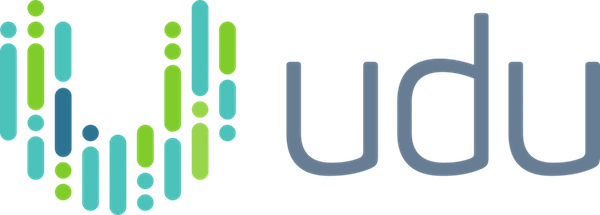Why Private Equity Risk Management Is Imperative for Long-term Success
Knowing how to measure risk in private equity is critical for long-term success, as investors expect to see a return on their investment at or above the initial projections. To achieve this, private equity firms must properly learn how to measure and manage risk in their private equity analysis.
And yet far too many firms still rely on outdated models and methods that can’t accurately account for the volatile and ever-changing business world. So what happens? These firms find themselves taking on more risk than they can handle, which can lead to losses.
To accurately measure risk in private equity, firms need to employ modern private equity risk management methods that consider the unique risks inherent in each business. And a key part of that process is knowing what risk measurement tools to use in tandem with their risk management methods.
Private equity firms are under immense pressure to deliver strong returns. But the industry is incredibly crowded. $176 billion was raised in the first half of 2022 alone. Firms need to measure and manage the risks associated with their investments to be successful and keep investors happy.
How Is a Private Equity Analysis Performed?
To get an accurate picture of a company’s risk, a private equity firm must understand how the company operates. And that requires a comprehensive analysis of the company’s financial statements, business model, and competitive landscape.
The full analysis should include private equity KPIs (key performance indicators) that help identify risk factors and management’s ability to mitigate them. Three essential KPIs are:
- Public market equivalent
- Internal rate of return
- Multiple of invested capital
Let’s look at each one of these private equity KPIs in detail to see how they factor into overall risk measurement methods.
Public Market Equivalent
The public market equivalent (PME) is a metric that compares the performance of a private company to that of a publicly traded company with similar characteristics. This analysis helps firms understand how much risk is inherent in a particular investment and whether or not the expected return is worth that risk.
To calculate the PME, private equity firms use a discounted cash flow analysis. This process estimates the future cash flows of a company and then discounts them back to present value. The result is the PME, which can be compared to the current stock price of a publicly traded company to determine if the expected return is sufficient.
Internal Rate of Return
The internal rate of return (IRR) is a metric that measures the potential profitability of an investment over time. This private equity KPI helps private equity firms compare the relative attractiveness of different investments.
To calculate the IRR, firms use the cash flows from an investment and then discount them back to present value. This can be used to compare investments and their return on investment.
Multiple of Invested Capital
The multiple of invested capital (MOIC) is a metric that measures the amount of return an investment could generate for each dollar invested. This KPI helps firms compare the relative profitability of different investments.
To calculate the MOIC, private equity firms use the cash flows from an investment and then divide them by the amount of capital invested.
The Role of Qualitative Data in Risk Measurement Methods
These three quantitative private equity KPIs tell only part of the story. To get a more holistic picture, firms must supplement their quantitative private equity assessment with qualitative data.
Qualitative data helps firms understand the underlying factors impacting a company’s performance. This includes things like management ability, competitive landscape, and regulatory environment. You must go beyond the numerical data and get a qualitative understanding of the business if you want to make informed investment decisions.
For example, qualitative data often starts with questions regarding private equity acquisition evaluation. You want to consider what the business does, who the customers are, and how much money it makes. Ask about the competition, barriers to entry, and what management’s industry experience looks like.
And when used in tandem with quantitative private equity KPIs, qualitative data delivers a well-rounded picture that can help firms make better investments.
Using AI-driven Risk Measurement Tools to Empower Your Firm
If you want to understand how to measure risk in private equity, you have to look at both quantitative and qualitative data. Private equity KPIs like PME, IRR, and MOIC can give you valuable insight into how a company will perform and if return expectations can be met. However, supplementing these methods with qualitative data gives you a more holistic assessment.
This is where risk measurement tools come in. These tools help firms collect and analyze quantitative and qualitative data, providing a more complete view of a company’s risk profile and helping firms make better, more informed investment decisions.
AI-driven risk measurement tools are changing the landscape of private equity. They allow firms to collect and analyze data at a previously impossible scale. By using these tools, firms can gain a competitive edge.
Boost Your Risk Management Methods With udu
udu is leading the charge by harnessing the power of AI to help firms source better deals faster. By combining the power of machine learning and artificial intelligence, we provide firms with the insights they need to make smarter investment decisions.
By scanning web-connected data sources, udu gives you proprietary data sets that are updated in real-time. With our platform, you have the ability to track companies, management teams, and industries with ease. This information can then be used to make more risk-aware decisions and drive better returns for your firm.
If you’re ready to invest in a more efficient deal sourcing strategy that returns promising opportunities, schedule a demo of udu today.

